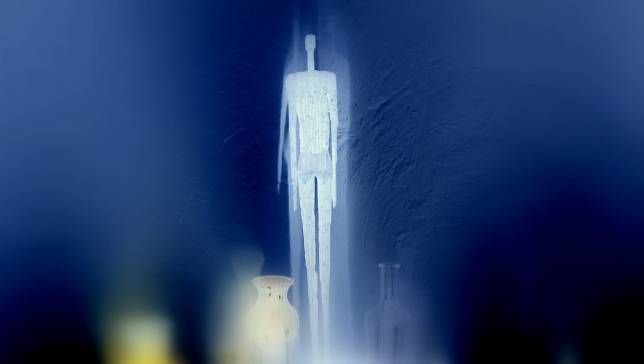Spooky quantum cameras can capture images from photons that never encountered the objects pictured.
August 10, 2015 (Source: Mother Nature Network)
It’s a little eerie as quantum cameras capture ghost images using quantum entanglement. (Photo: Keoni Cabral/Flickr)
By utilizing a process that Einstein famously called “spooky,” scientists have successfully caught “ghosts” on film for the first time using quantum cameras.
The “ghosts” captured on camera weren’t the kind you might first think; scientists didn’t discover the wandering lost souls of our ancestors. Rather, they were able to capture images of objects from photons that never actually encountered the objects pictured. The technology has been dubbed “ghost imaging,” reports National Geographic.
Normal cameras work by capturing light that bounces back from an object. That’s how optics are supposed to work. So how can it be possible to capture an image of an object from light if the light never bounced off the object? The answer in short: quantum entanglement.
Entanglement is the weird instantaneous link that has been shown to exist between certain particles even if they are separated by vast distances. How exactly the phenomenon works remains a mystery, but the fact that it works has been proven.
Quantum cameras capture ghost images by making use of two separate laser beams that have their photons entangled. Only one beam encounters the object pictured, but the image can nevertheless be generated when either beam strikes the camera.
“What they’ve done is a very clever trick. In some ways it is magical,” explained quantum optics expert Paul Lett of the National Institute of Standards and Technology in Gaithersburg, Maryland. “There is not new physics here, though, but a neat demonstration of physics.”
For the experiment, researchers passed a beam of light through etched stencils and into cutouts of tiny cats and a trident that were about 0.12 inches tall. A second beam of light, at a different wavelength from the first beam but nevertheless entangled with it, traveled on a separate line and never hit the objects. Amazingly, the second beam of light revealed pictures of the objects when a camera was focused on it, even though this beam never encountered the objects.
Because the two beams were at different wavelengths, it could eventually lead to improved medical imaging or silicon chip lithography in hard-to-see situations. For instance, doctors might use this method for generating images in visible light even though the images were actually captured using a different kind of light, such as infrared.
“This is a long-standing, really neat experimental idea,” said Lett. “Now we have to see whether or not it will lead to something practical, or will remain just a clever demonstration of quantum mechanics.”


































Leave a Comment
You must be logged in to post a comment.